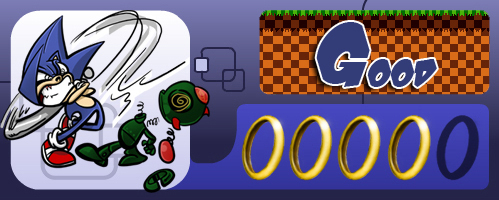The Mana series faced a more turbulent path than its Final Fantasy cousin. Originally released as a spinoff in the Final Fantasy series, the Mana franchise slowly crystallized its identity by the second game. Secret of Mana, which was released on the Super Nintendo, broke the mold with its unique combat system and colorful cast of characters. It is still regarded as one of the greatest RPGs of all time, and was remastered and remade within the past couple of years.
In the beginning…
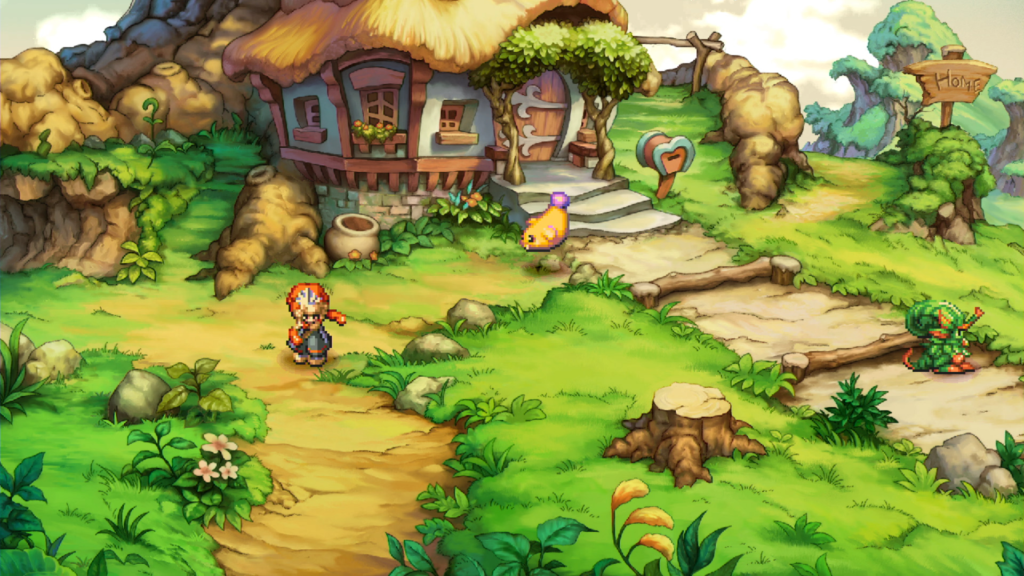
Legend of Mana, which was originally released on the Sony PlayStation, diverged from the Secret of Mana formula, to the chagrin of many critics and fans. The structure of an overarching story has a beginning, middle and end. This game didn’t follow the norm set forth by its predecessor and didn’t have a clear storyline.
While many RPG fans back in 2000 felt Legend of Mana left a lot to be desired, unlike its predecessor, I’m here to tell you I wasn’t one of those people; The Legend of Mana was a childhood treasure – my twin brother and I would go to our local Polish-American video rental store every other day and check out their latest selection of PlayStation and Nintendo 64 games.
One day, we happened to come across this jewel case while my dad was looking for the latest soap opera to binge with our mother. I know you can’t judge a book by its cover, but we were simply enamored by the art on the front and back cover. Who are these two characters, staring back at me with a sword clutched in hand? What was that weird yellow rabbit thing with the purple cotton tail? What’s the deal with that tree? So many questions! For only $3.25 and five days to rent, we were about to find out what this game was all about.
In Secret of Mana, you followed the path of one character, who unsheathed a rusty sword from the rock within a river. After he fulfilled his King Arthur fantasy, it subsequently unleashed a plague of monsters on the world and it was up to him and his two friends he met along the way to return the world back to how it once was. In Legend of Mana, it is not so cut-and-dry. The selection screen gives you the option of a boy or a girl, and after you select your monster vanquishing weapon of choice, we’re thrust into a cutscene.
The entire world has disappeared in a whirlwind of chaos, and each “realm” was trapped in an artifact. You, the player, must collect the artifacts and slowly bring back these forgotten worlds that were perished to the void. You start on an overworld map of Fa’Diel, and each artifact you collect is placed here, which allows you to visit that realm. The very first artifact is your home, where we are first introduced to our hero/heroine.
Tell me a story
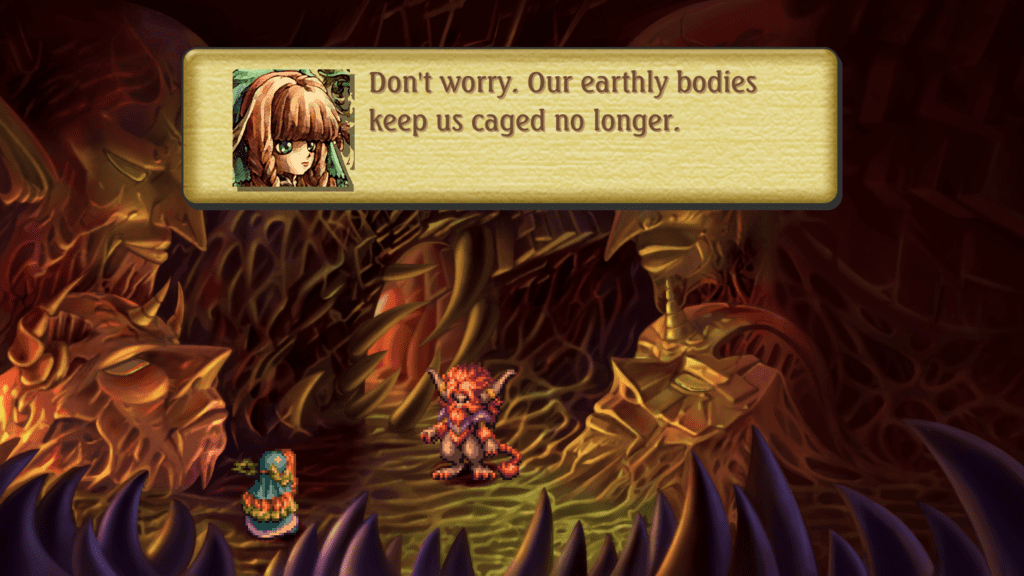
Unlike Secret of Mana and its linear plot, you are not given the same story structure. As soon as the artifact morphs into your village, we are introduced to our character without any additional background info. You have a hut, backyard, corral, abandoned building, and a potted plant friend name Lil’ Cactus. The character is treated more as a vessel than a fully fleshed out character. There’s a little sproutling who solicits outside your humble abode, and gives you the next artifact to the town of Domina. This story structure is consistent throughout the entire game. Each realm introduces you to a new cast of characters with their own set of dilemmas.
When you complete their plight, you’re given an artifact to place on the overworld map. In the year 2000, this was viewed as a downside. For me(and because it was my first Mana game), I thought it was extremely charming. I viewed it as a vagabond vessel making their way through the world and experiencing each encounter like an episode in an anime or cartoon. Each realm (with the exception of two slightly bigger episodes) has a self-contained story and we get to witness their beautifully illustrated worlds in the process.
One of the biggest highlights of Legend of Mana are the hand-drawn backgrounds. I truly believe Legend of Mana has one of the most aesthetically pleasing artwork in video game history. I felt like I was walking through a storybook; Each line and color was drawn with care. The one world where you have to solve the mystery of this ghost while investigating the beach resort might as well have looked like it came from a Disney movie.
Clashing and crafting
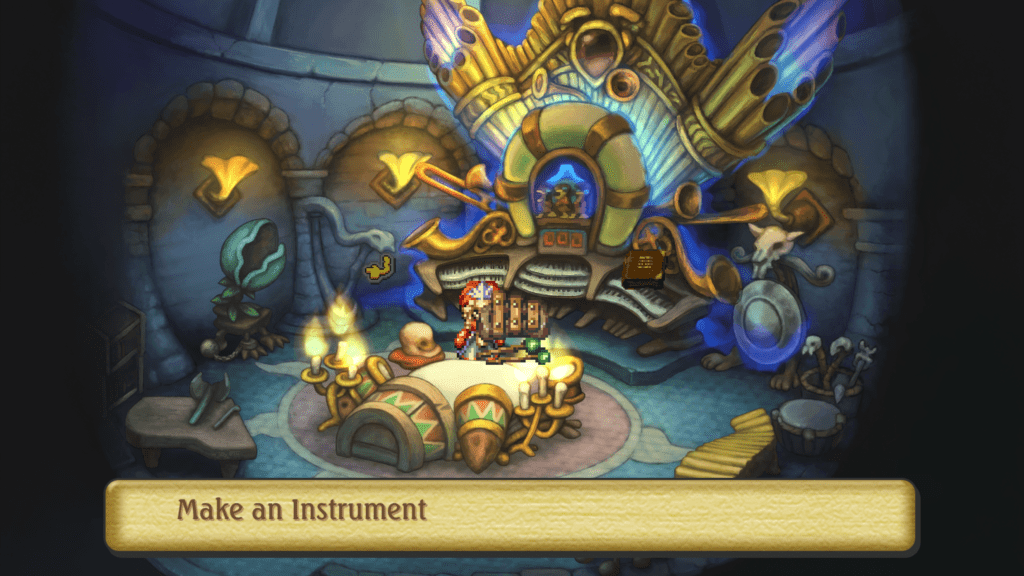
Unlike Secret of Mana, where you freely move around the overworld hacking and slashing down your enemies, Legend of Mana takes a different approach. When you encounter a group of baddies, you are forced into a battle scenario where you dispatch the enemy before being able to move freely. It’s not a turn-based system like the OG Final Fantasy VII – It keeps the hack-n-slash style of Secret of Mana, and lets you wield the power of the Mana spirits to vanquish your enemies. When battling the monsters, you can use your melee weapon, mana spirit, and weapon special attack to take them down. It’s not a particularly complicated battle system, but it is quite satisfying torching your enemies with the Salamander spirit by simply holding down the shoulder button and letting go.
Your home base is not just an area to kick up your feet and trade stories with your cactus friend. As I mentioned at the beginning of this review, there’s also a corral and cavern-like building where you can craft golems and musical instruments. These musical instruments are the vehicle that unleashes that Mana spirit magic. In order to create one of these objects, you need an alloy and a wild spirit. To capture one of these spirits, you need an instrument to lure them in and scoop them up. Don’t worry, you’ll get a “starter pack” of instruments to help you out with that. Each spirit gives you a unique magical ability. Capturing the Salamander spirit delivers the power of fire to your enemies, while someone like the Jinn spirit harnesses the power of wind. The spirits appear throughout the world of Mana, and my encounters have been random. They seem to pop up in areas where you completed the story.
The corral in your backyard lets you unlock your inner monster rancher (No, not that Monster Rancher) and raise creatures to take into battle with you. Like the Mana spirits in the previous paragraph, you discover them at random spots throughout the world of Fa’Diel. The creatures you discover are essentially eggs with legs that later hatch into a unique creature. The very first monster I acquired was the Rabite, which you have seen on the front cover of Legend of Mana and in promotional material. He’s a cute little fella who can tear out your jugular with his buck teeth. That’s if you find that kind of stuff cute, of course.
They level up through the food you feed them, which you can harvest from the talking tree that ALSO lives in your backyard. Did I mention there’s a talking tree in your backyard before? He’s basically like your wise tree from Legend of Zelda: Ocarina of Time, except without the manly mustache. You collect seeds from the enemies you defeat, and then plant them underneath the jolly green giant. It takes a little bit for the fruits and vegetables to fully bloom, but once they do, you can use them as nourishment for your furry and/or scaly friends. Your home base is quite a wonderful symbiotic circle, if you think about it.
A fresh coat of paint
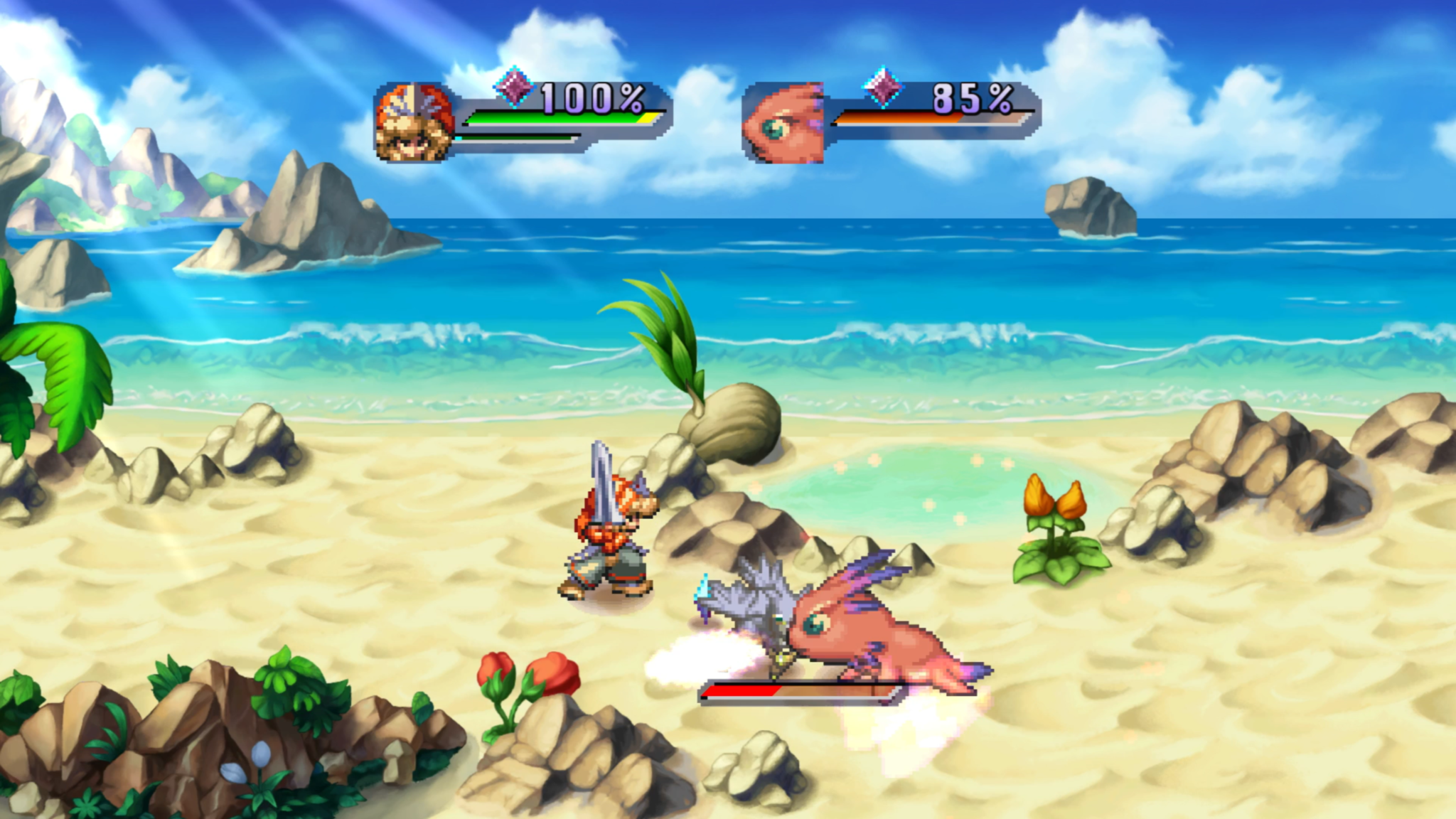
For the remastered version of Legend of Mana, Square Enix took the time to do this project justice, without sacrificing the charm of the original. The hand-drawn backgrounds were lovingly redone to fit your modern 4K televisions, while maintaining the original look of the sprite characters and bosses.
One of the biggest highlights from the original Legend of Mana was its soundtrack. Composed by Yoko Shimomura, these tunes evoked a sense of home and wonder; The compositions for the town of Domina and your home are some of my personal favorites. Watch that intro video and tell me you didn’t shed a tear. Those introductory piano notes to the Legend of Mana are hauntingly beautiful. For the remaster, Square Enix rearranged the soundtrack to give veteran players a new way to experience the world of Fa’Diel. Players longing for the original soundtrack can switch back and forth between the two versions at ease.
There are some additional, quality-of-life features that could make your adventure a little easier. Instead of saving at a statue, you could now save on the pause screen at will. It’s a tiny change, but definitely helpful. One other big change is the ability to avoid enemy encounters. Earlier in the review, I described how you get thrown into a battle scenario as soon as you encounter an enemy. With this new feature, you can avoid enemy encounters and explore the world at will, without harming any of the critters.
Beyond the addition of the “Ring Ring” mini game that was exclusive to Japanese audiences in the PS1 version, that’s about the extent of the facelift. Some may argue that a mini map could be helpful when traversing the dungeons. Personally, I believe you should explore these dungeons on your own without having your hand held the entire way. Using your own navigation skills to charter these beautifully drawn, unknown dungeons adds to the experience. It gives you another reason to take the time and appreciate each carefully crafted world.
Legend of Mana Summary
The Legend of Mana was the first title I ever played from the series, and even after playing the other games, I still put this right at the top of the heap. While some may long for a more linear and cohesive story, I believe the episodic structure and assortment of vibrant, colorful characters gives The Legend of Mana that je ne sais quoi. Combined with Yoko Shimomura’s soundtrack, and you have a game that needs to be experienced yourself. Don’t just take my word for it!
The Legend of Mana is now available for Nintendo Switch, PlayStation 4, and Steam.
